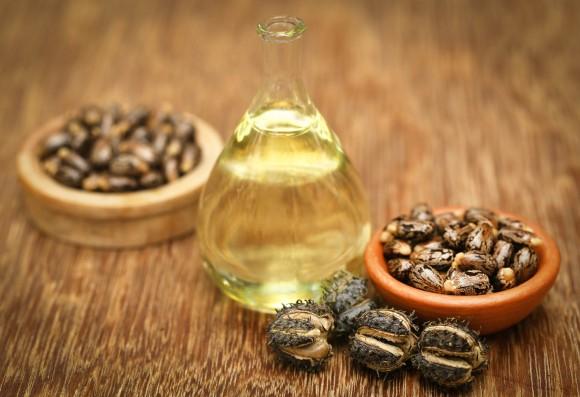Many of you are probably familiar with castor oil as the go-to concoction that old-time healers recommend for a wide range of ailments — from constipation to colds and fever, and even as treatment against parasitical worms. Castor oil is claimed to be one of the best remedies there is.
I have previously written about the mysteries — and potential health uses — of castor oil, and despite having minimal research backing up its potential medicinal effects, I do believe that there are notable benefits from using this versatile oil.
It’s one of the most well-known natural remedies with a long enough history to at least warrant greater scientific exploration — nevertheless, a little careful at-home experimentation before using it wouldn’t hurt.
The Uses of Castor Oil Date Back Centuries Ago
Castor oil is made by pressing the seeds of the castor plant (Ricinus communis), which is native to India, although it is now cultivated in Mediterranean countries such as Algeria, Egypt and Greece. In France, castor is grown as an ornamental plant because of its large and lovely foliage.
Many ancient civilizations, including early Egyptians, Chinese and Persians, valued the castor plant for its many uses, such as fuel for lamps and as an ingredient in balms and ointments.


